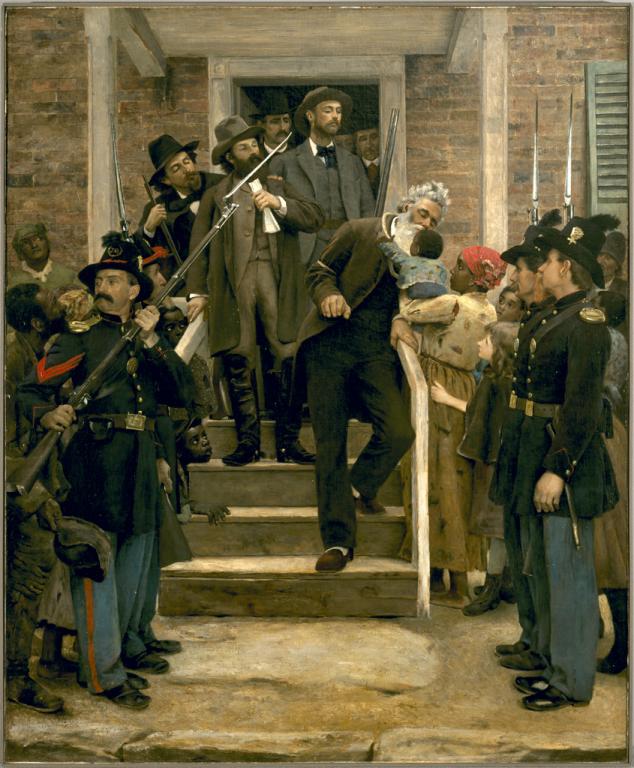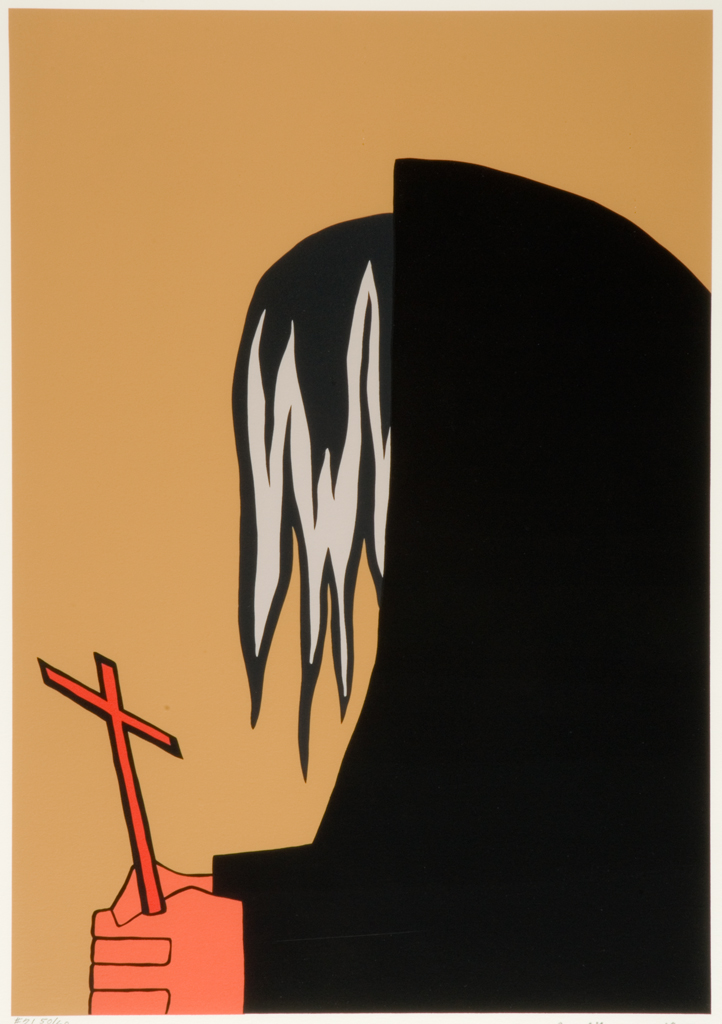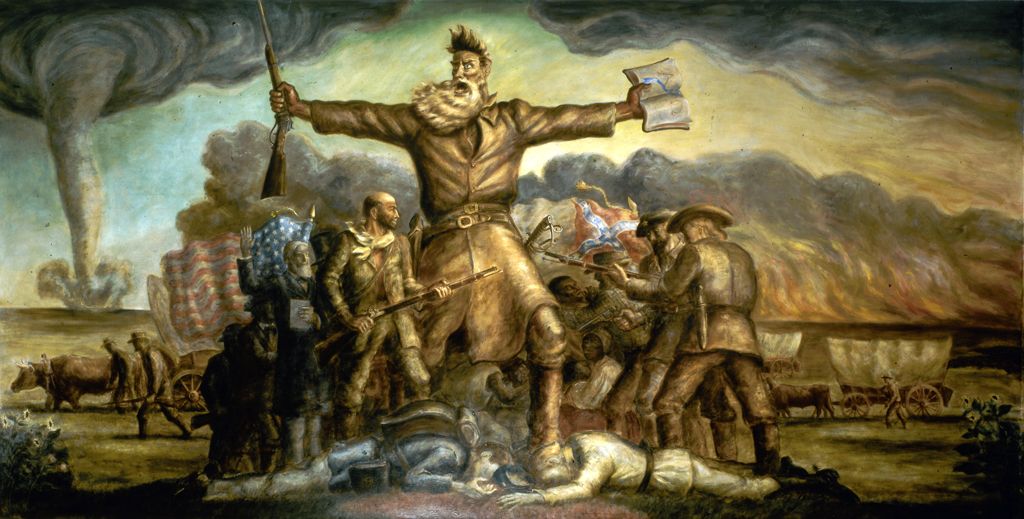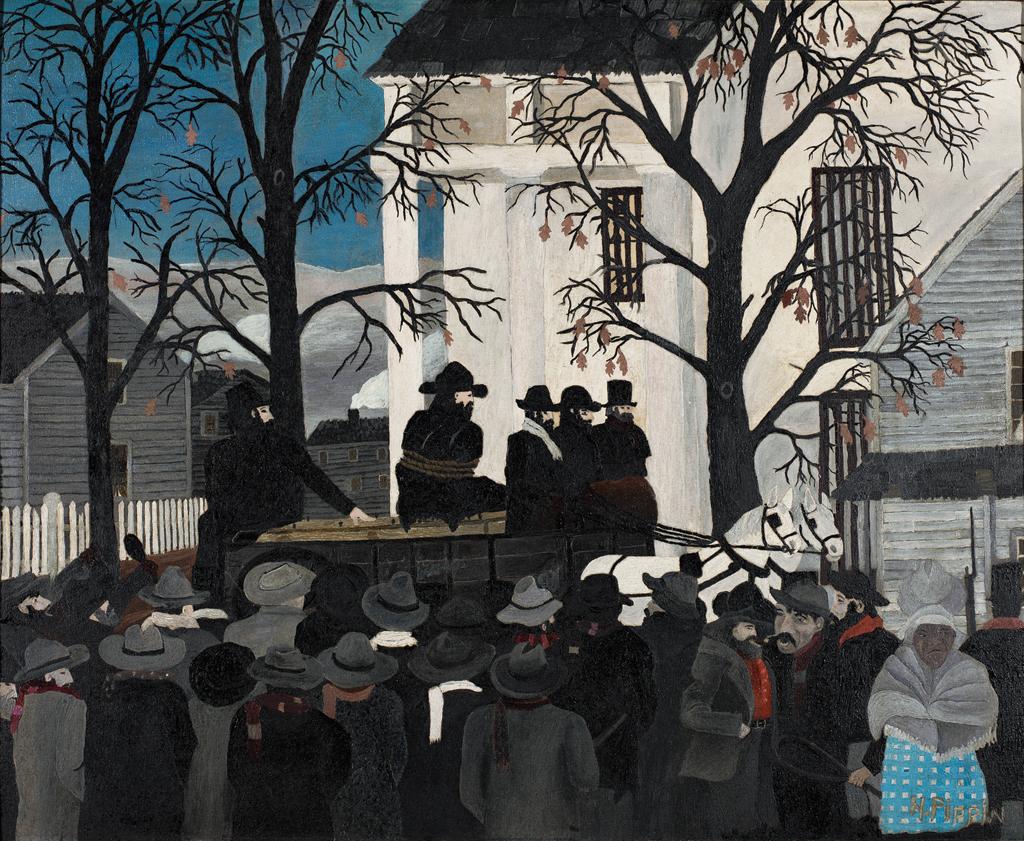Memory
Which John Brown have Americans remembered? The crusader for abolition or the bloodthirsty terrorist?
Brown was not forgotten in the wake of Appomattox. Herman Melville began his 1866 collection Battle-Pieces and Aspects of the War with "The Portent (1859)," a short poem about John Brown. The subject is seen after his execution "Hanging from the beam." To Melville, Brown is the "meteor of the war," which would burn out quickly but draw the attention of all observers while it flairs. At Harpers Ferry and during the days that followed, John Brown would command the attention of the nation as few men had before him. He was more than just a harbinger, however. His death ushered in a new historical moment. The political and emotional wounds forced open by Brown would remain until they were replaced by the actual bloodletting that began sixteen months later at Fort Sumter.
A decade after the Civil War, concerns about the rights of black Americans faded from the national conscience. During that process, the positive persona of John Brown that had been retained in the North began to be challenged. A number of new books and articles painted a different picture of Brown than the heroic image created two decades earlier by the New England Transcendentalists. The earliest historians to attempt to write about Brown from a national perspective did little to settle the dispute because they remained divided along the old regional battle lines. Black writers were not so conflicted. W. E. B. Du Bois wrote in 1909, "To-day at last we know: John Brown was right."
John Brown's standing in American memory rose considerably in 1928 when Stephen Vincent Benét published his Pulitzer Prize–winning poem, John Brown's Body. Benét asks a question that still resonates today—Was John Brown a hero or a criminal? How do we decide whether his goal trumped his criminality? The popularity of Benét's poem revived interest in Brown among poets, painters, and writers. The civil rights movement, which began at mid-century, proved to be of crucial importance in the reassessing of John Brown's legacy. Contemporary readers find a wealth of materials that constitute the most recent reassessments of Brown's legacy.




